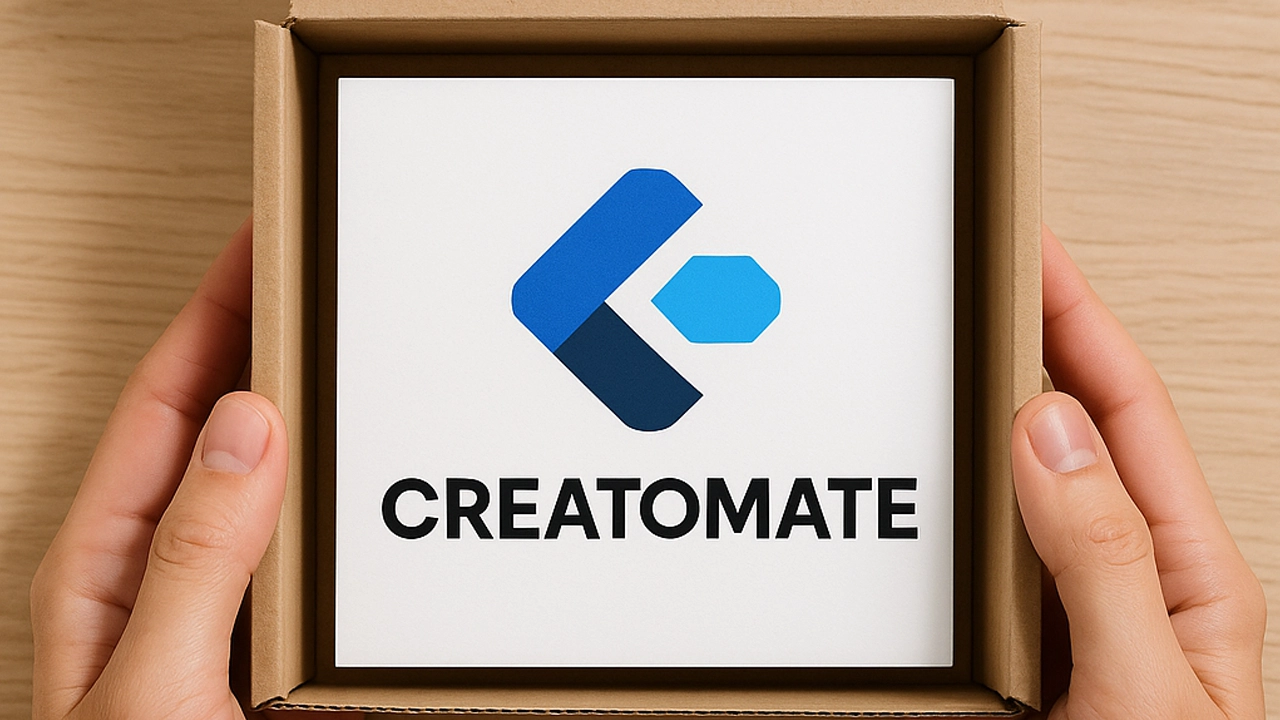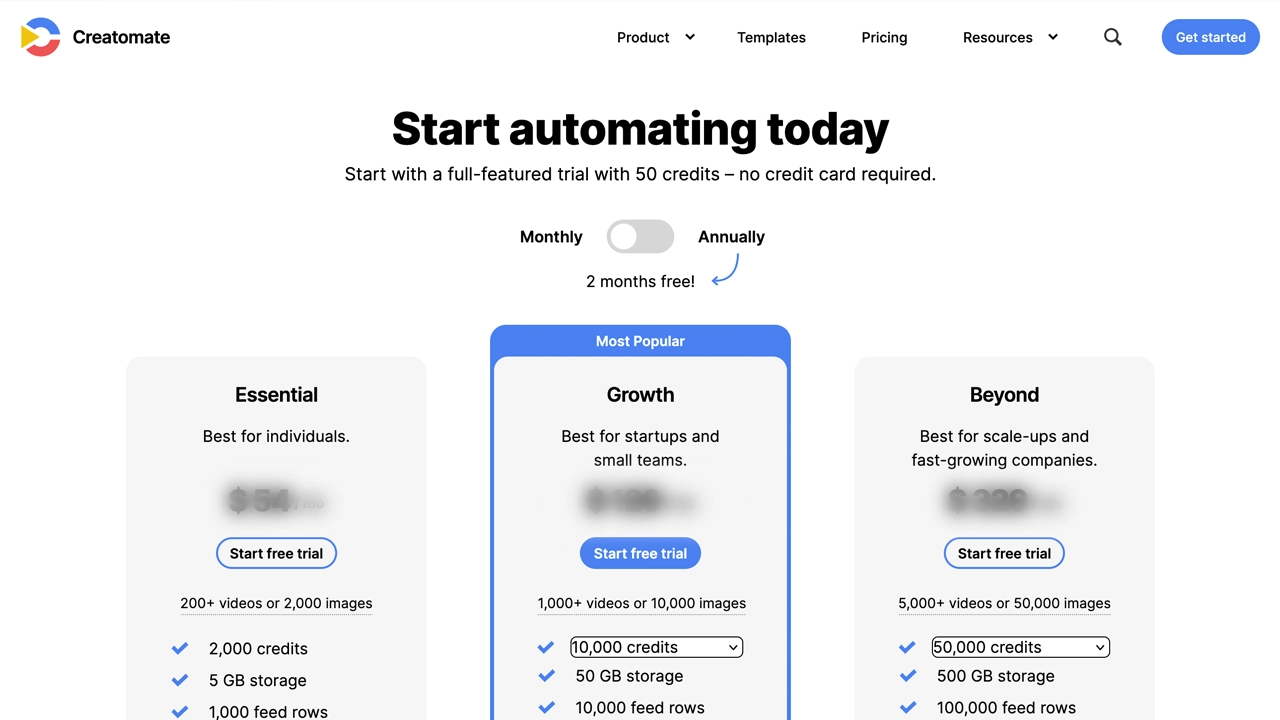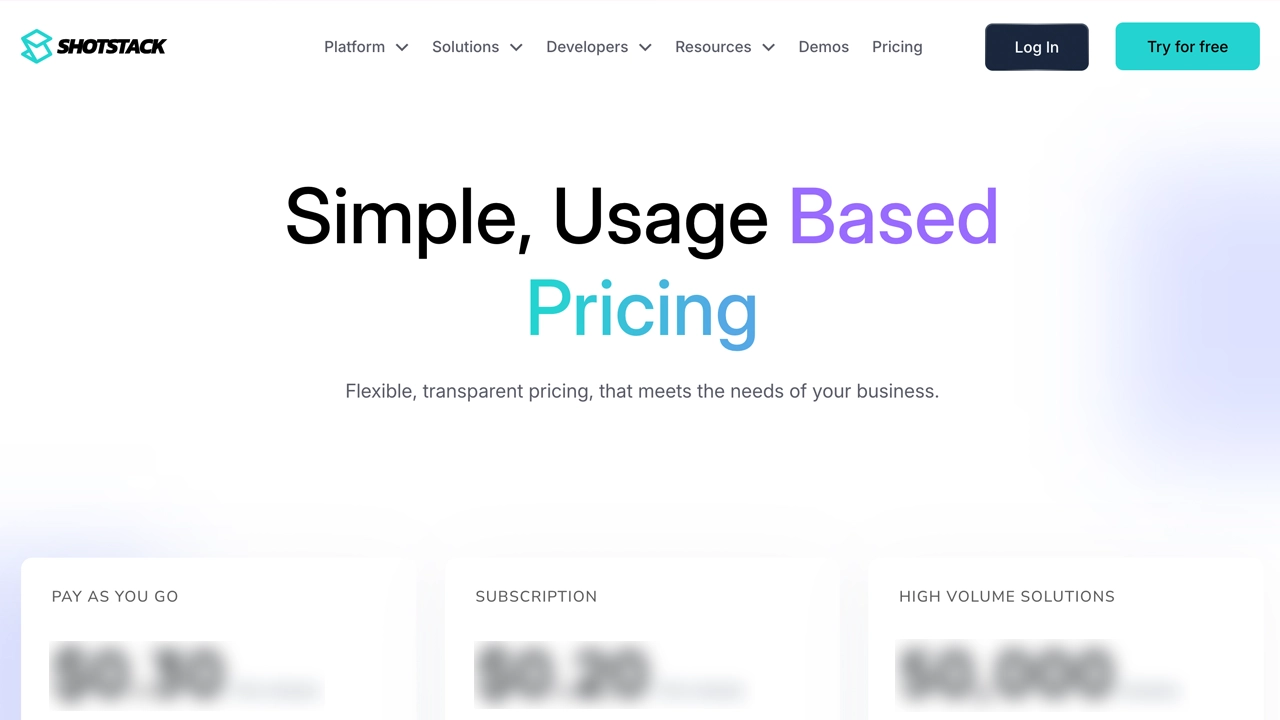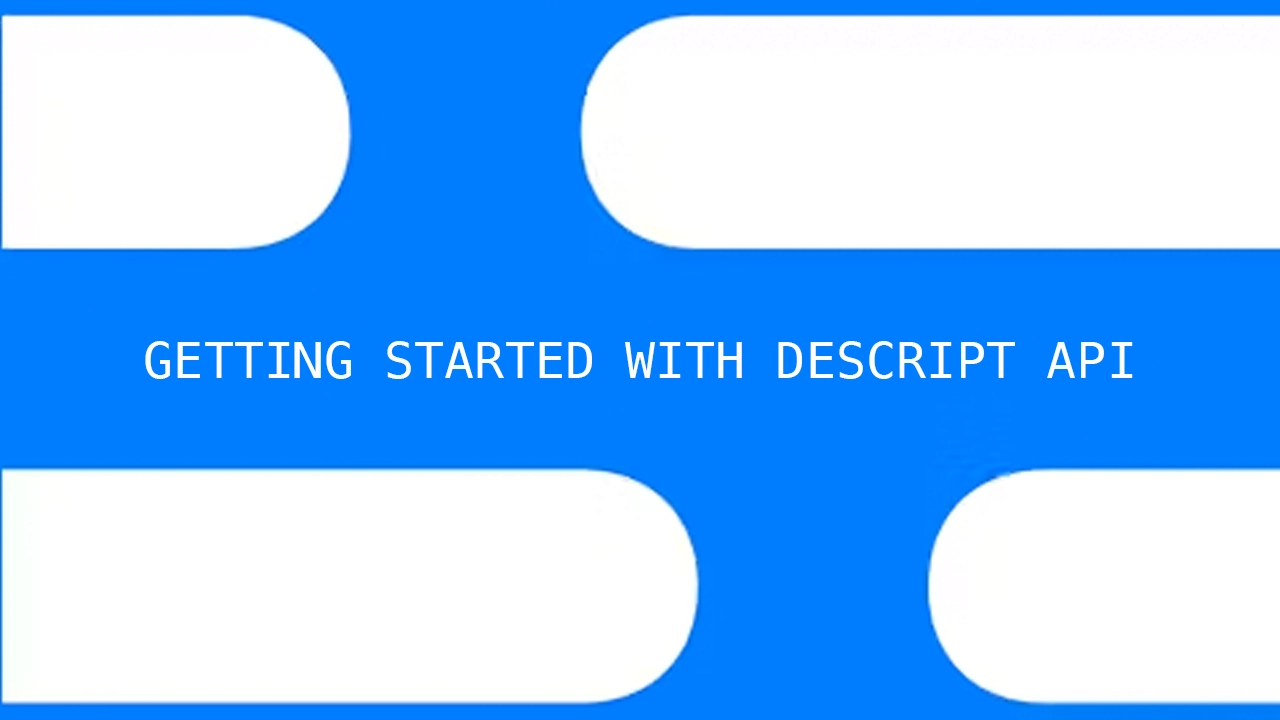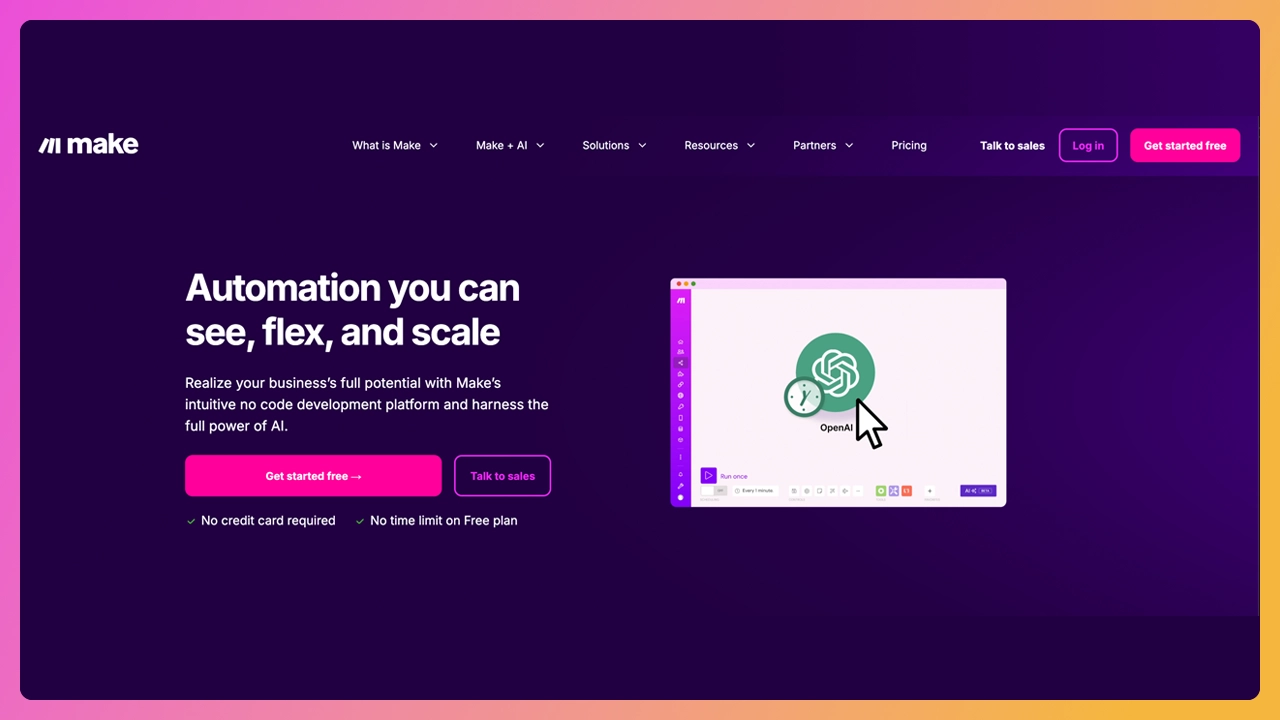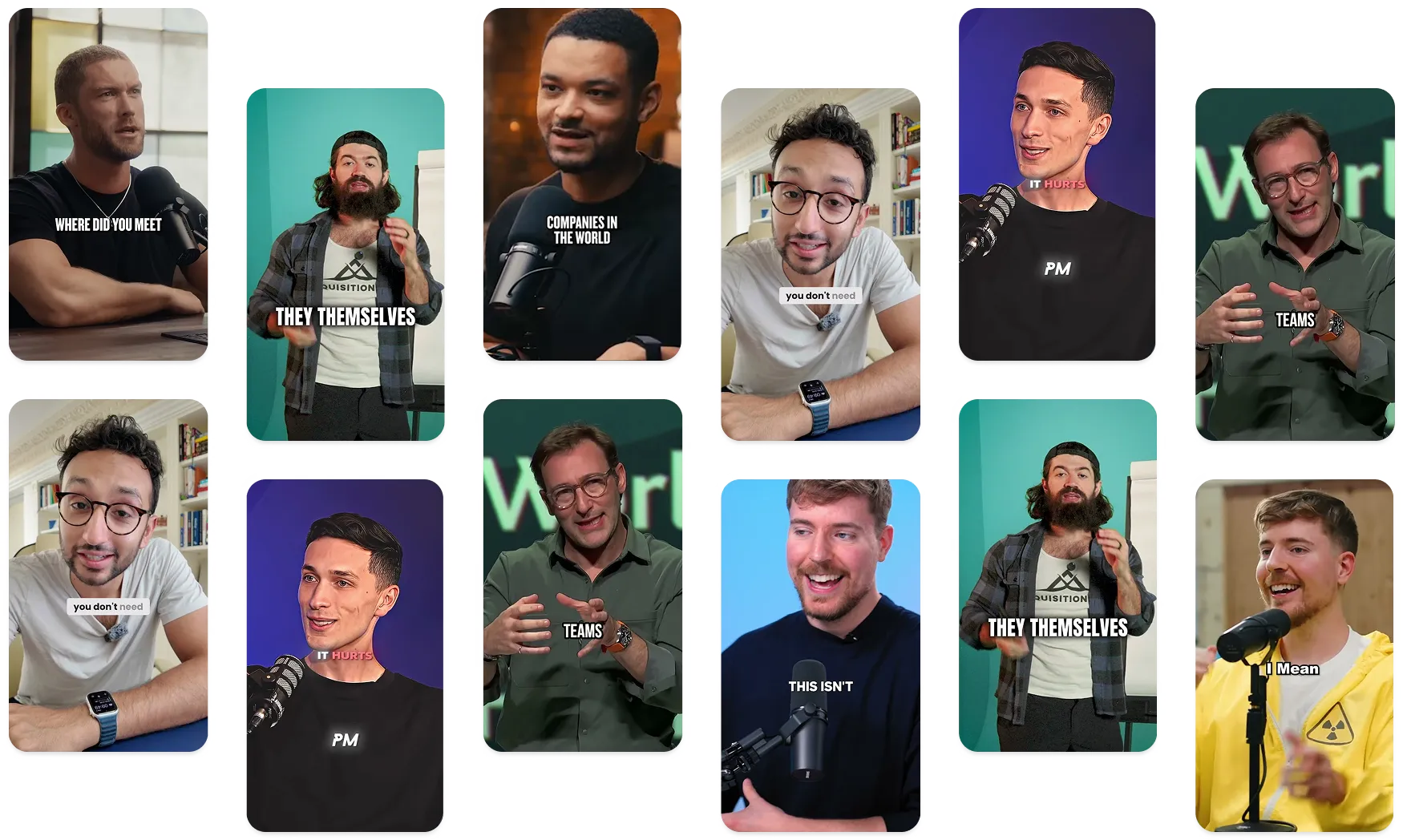If you’ve ever wished you could automate your video editing like you automate emails or spreadsheets, welcome to the world of cloud-based video editing. And right in the thick of it is Shotstack , a powerful video editing API designed to render videos at scale using nothing but code, JSON, and a sprinkle of developer magic.
But don’t let the “magic” part fool you. Shotstack is not a plug-and-play editor. It’s an API-first, code-heavy tool that offers serious flexibility, but only if you speak Python, Node.js, or at least know your way around a JSON payload.
Let’s break down what Shotstack is, how it works, what it can do (and can’t), who it’s best for, and how it compares to Submagic API , especially if you’re not looking to code your way through every render.
What is Shotstack? At its core, Shotstack is a cloud video editing API that lets developers automate video creation by sending structured JSON data to a render endpoint. Instead of using a drag-and-drop editor like Premiere or Final Cut, you build your videos with lines of code.
The API supports video, audio, images, and text, layered on a timeline, and renders them server-side into a downloadable video asset.
So yeah, Shotstack isn’t your typical video editor. It’s a powerful platform for building video applications.
You can use it to :
Stitch together video clips Add transitions, overlays, fonts, watermarks Create slideshows dynamically Build entire video templates using code Generate video at scale from data or spreadsheets Plug into workflows for things like real estate listing videos, dynamic ads, and social media promos It’s API-only, but there are SDKs for Node.js, Python, PHP, and Go, and it integrates with automation tools like Zapier, Make, and even no-code platforms if you’re comfortable bending them a bit.
How Shotstack works The flow looks something like this:
Get your API key from your Shotstack account Build your JSON structure describing the video (timeline, tracks, assets, etc.) Make a POST request to the /render endpoint Poll for the render status Get a URL to your final video (or a GIF, if you’re feeling playful) There’s no UI, you do everything via code. But they’ve got a decent Shotstack docs library and a few GitHub projects to help you get started with a tutorial or two.
Key features and functionality Video templates : Build reusable structures with placeholders for text, images, and videoCloud rendering : Render in real-time via the cloud (no need to install anything)Asset control : You can set position, scale, duration, and animation for each assetAudio : Audio and soundtrack supportTransitions : Transitions and overlaysTypography : Text styling, custom fonts, and brandingWatermarks : Watermarking supportGifs : GIF generationSDKs : Open SDKs and a RESTful APILanguages : Works with Python, Node.js, PHP, or curlPricing : Usage-based pricing with free trial (no watermark on paid plans)You can think of it as a backend service for video generation, optimized for scale and automation, not for creativity-in-the-moment.
What Shotstack API is great for Shotstack shines in automated, high-volume use cases where creativity is pre-baked into templates and data does the heavy lifting. Here are some real use cases:
Real estate listing videos that auto-generate from MLS data E-commerce product promos for hundreds of SKUs Dynamic video ads for retargeting or personalization Social media automation, turn quotes, reviews, or data into videos Auto-generated slideshows from photos or user uploads SaaS tools or platforms embedding video rendering into their services If you’re building a video platform, this is your engine.
Where Shotstack API can fall short As with most developer-first tools, there’s a trade-off between power and ease of use.
No visual editor: You’ll need to preview JSON changes manually Learning curve: You must be comfortable with code, endpoints, and SDKs Real-time feedback is limited, rendering takes a few seconds to minutes You manage the full structure of the video, timing, layering, assets, etc. Not built for quick edits or post-production polish No AI-powered enhancements like auto-subtitles, zooms, or b-roll You build the workflows; Shotstack just executes the render Watermark removal only available on paid plans In short, if you're looking for creative speed and flexibility without code, this might not be it.
Who is Shotstack for? Developers and SaaS builders Platform teams offering video-as-a-service Marketers with strong dev support Automation teams needing bulk video output Companies creating personalized videos from user or CRM data This is not for people who just want to trim a reel or spice up a TikTok. It’s for teams building the tools behind the scenes.
Comparing Shotstack API to Submagic API Now, here’s the twist.
While Shotstack is all about control and code, Submagic API is about speed and scale for creators. While also giving you control.
One big difference is that Shotstack allows users to embed a white-label version of it’s video editor well as Submagic is not about embedding a video editor, but rather offering video editing as a service, so to speak, via an API.
Submagic is what I use when I want to turn long-form content into scroll-stopping social video, without managing JSON timelines or endpoints.
Let’s look at how they stack up:
Feature
Submagic API
Shotstack API
API-first
Yes
Yes
No-code friendly
Yes
Not really
Visual editor
Optional
None
Subtitle generator
Built-in
Not included
Templates
AI-powered clips
Manual templates
Coding required
No
Yes
GIF support
Not yet
Yes
Social media optimization
Yes
Possible with effort
AI features
Auto zoom, b-roll, music
Manual setup
Use case focus
Creators, agencies
Developers, platforms
JSON required
No
Yes
Language support
Any
SDKs for Node, PHP, Python
Speed to deploy
Minutes
Days (depending on use case)
Real-time editing
Yes
No
Rendering
Cloud + AI
Cloud
Pricing
Usage-based
Usage-based
Here’s the key takeaways. If you’re building the next Canva-for-video or embedding custom render workflows into your product, Shotstack gives you the building blocks. It’s one of the most flexible video editing APIs out there and great for developers who like full control.
But if your goal is to automate post-production for social media, speed up video creation, or empower non-technical users with powerful AI workflows, Submagic API is built for that world.
Shotstack builds the engine. Submagic builds the rocket.
Both are great. Just depends on whether you want to code your way through every frame, or let AI do the heavy lifting.
















